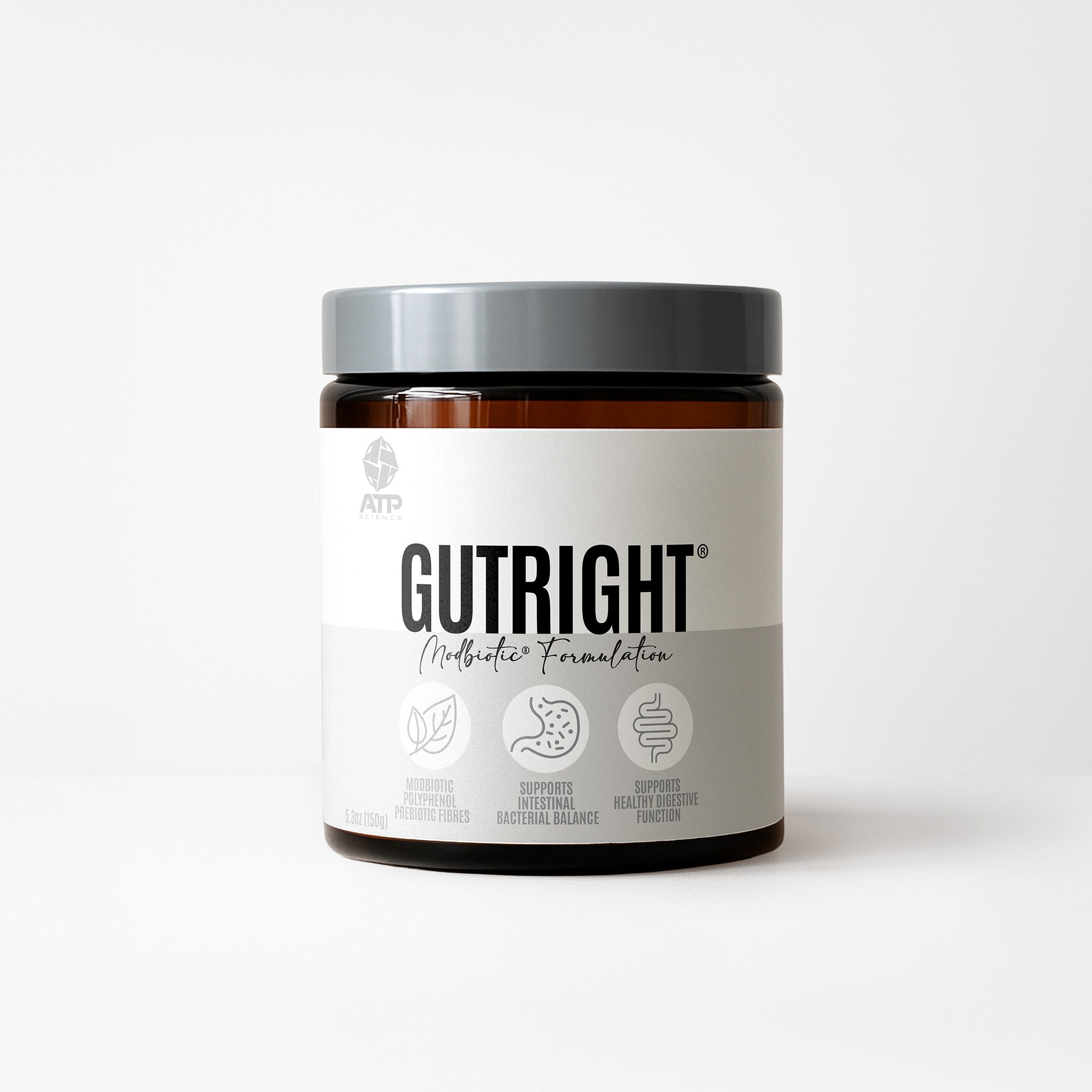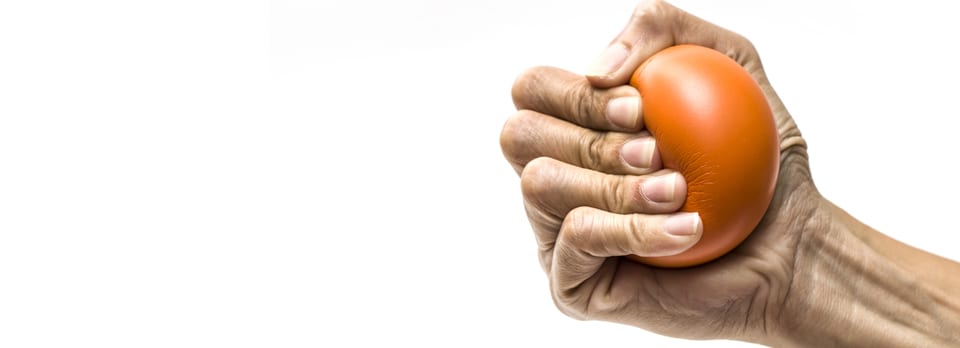‘Lymphatic system’ is a term I’m sure we are all familiar with now with the blessing of media health trends and the internet, but do we really know to the full extent the lymphatic system’s function and more specifically, how our interaction with the world affects how it works?
What is ‘lymph’?
The whole system known as the lymphatic system is actually an intricate network of tissues, vessels, and organs all involved in moving what is called the ‘lymph’ back into the circulatory bloodstream for removal and clearance. When we are looking a what the lymph is, we are talking about what is left after the 20 something liters of blood plasma have spent all day every day delivering necessary nutrients to the body’s tissues, cells and collecting their waste products from that too. After this is done, we end up with approximately 17 liters returned back via our ever-intertwining vein circulation network.
Where does the rest go? Well, that 3 odd liters of excess now called ‘lymph’ actually seeps through our capillaries and into the tissues. This colorless watery liquid is then gathered across all areas of the body by our lymphatic system until it is moved back into our bloodstream to be returned back into the cycle for the next task. Pretty cool huh!
Functions of the Lymphatic System
The function of the lymphatic system has been a bit of an intriguing one since its initial discovery way back into the 17th century (cue the Matt and Steve time travel noise from the podcast) and has been an ever-evolving area of interest in the medical field today. Specifically, in the last decade is probably when it has gained the most momentum in the medical field with its links with disease states. We now know so much more about what it actually does:
- Regulation of tissue pressure.
- Immune surveillance.
- Absorption of dietary fat in the intestine and fat-soluble vitamins for delivery into the venous circulation.
- Transports and aids in the removal of waste and abnormal cells from the lymph.
Beyond the vessels that you can see in the image above that includes all areas such as the epidermis, hair, nails, cartilage, cornea as well as brain and retina there are specifically termed lymphoid organs associated with the system. These include the actual lymph nodes themselves which are the nodules you will see along with the vessel network, thymus, spleen, our tonsils are major ones and all are crucial for the immune functionality aspect of the lymphatic.
The Lymphatic System Lacks Movement
Discovered as the second vasculature system of the body, the lymphatic system actually doesn’t have a central pump. What this means, is like that of the heart that acts as a central pump through the pumping mechanism, the lymph does not have this way of circulating through. It relies solely on the efficient contraction and movement of our muscles and tissue as well as respiration to move the flow of lymph back into the bloodstream and clear wastage.
This is why movement, exercise, stretching and massage is so beneficial for us – this movement aids in the movement of this fluid back into circulation and clears the waste collected in the process, through to our liver and kidneys, and is excreted from our body in the form of pee and poop!
Where Lymphatics can Go Wrong…
As we mentioned, the movement of the body governs the efficiency of how well we move the lymph through and clear the collected waste of its journey. Lymphatic movement and or lack of can lead to many now carefully examined disease states such as:
Enlarged/swollen lymph nodes (lymphadenopathy)
Because our lymphatic system is a huge driver in immune regulation, they can be predisposed to infection like in what’s commonly called strep throat for example. Tonsilitis also involves reliance on the lymph function big time!
Accumulation of fluid otherwise known as Lymphedema
We usually see this as an accumulation of ‘puffiness’ in the arms and legs due to perhaps a blockage or scar tissue occurring in the lymphatic system that may have been damaged from infection or surgery. The lymph builds up and can be quite uncomfortable for the person affected by this and can, in extreme conditions of this occurring lead to life-threatening infections. Globally – Lymphedema is on the WHO’s top 10 list of debilitating disease states.
Castleman Disease of the lymphatic
Castleman disease was aptly named such by Doctor. Benjamin Castleman when he discovered in the 1950s that there appeared to be giant lymph nodes occurring in the body, more specifically in the chest and abdomen in most cases. This is an overgrowth of cells in the body’s lymph nodes. In instances like that of human herpesvirus type 8 and immune deficiency virus (HIV), these enlarged lymph nodes occur in multiple sites across the body.
These are some of the major dis-ease states associated with our lymphatic system among others. However, it's not all doom and gloom as we will see in the next section!
How to look after your lymph
Looking after your lymph is important, super important, and it doesn’t take an Einstein IQ to do it! It's as simple as… moving and eating healthy. Who would have thought!
- Plenty of water to aid in the movement of lymph through the body.
- Avoid toxic chemicals where possible – these are added burdens that tax the system unnecessarily. Things like toxic cleaning products, which we have provided some alternatives for in our recent article (cleaning blog). Try to avoid pesticide exposure from either consumption or exposure environmentally where possible.
- Get plenty of movement in – increase in respiration, contraction of muscles through movement and exercise as well as stretching and engorgement of the fascia and muscles which alters pressure on tissue as a whole will aid in helping lymph movement. Tissue massage and massage therapy do assist in this movement process also, but be mindful that if you do have pre-existing lymphatic conditions to get the all-clear from a health care professional as in some instances movement of the lymph can be detrimental in these cases.
References
- Cueni, L. N., & Detmar, M. (2008). The lymphatic system in health and disease. Lymphatic research and biology, 6(3-4), 109–122. https://doi.org/10.1089/lrb.2008.1008
- Sleigh BC, Manna B. Lymphedema. . In: StatPearls . Treasure Island (FL): StatPearls Publishing; 2020 Jan-. Available from: https://www.ncbi.nlm.nih.gov/books/NBK537239/
- https://www.mayoclinic.org/diseases-conditions/castleman-disease/symptoms-causes/syc-20370735
- Zawieja D. C. (2009). Contractile physiology of lymphatics. Lymphatic research and biology, 7(2), 87–96. https://doi.org/10.1089/lrb.2009.0007
- Moore, J. E., Jr, & Bertram, C. D. (2018). Lymphatic System Flows. Annual review of fluid mechanics, 50, 459–482. https://doi.org/10.1146/annurev-fluid-122316-045259
- https://www.medicalnewstoday.com/articles/324518














